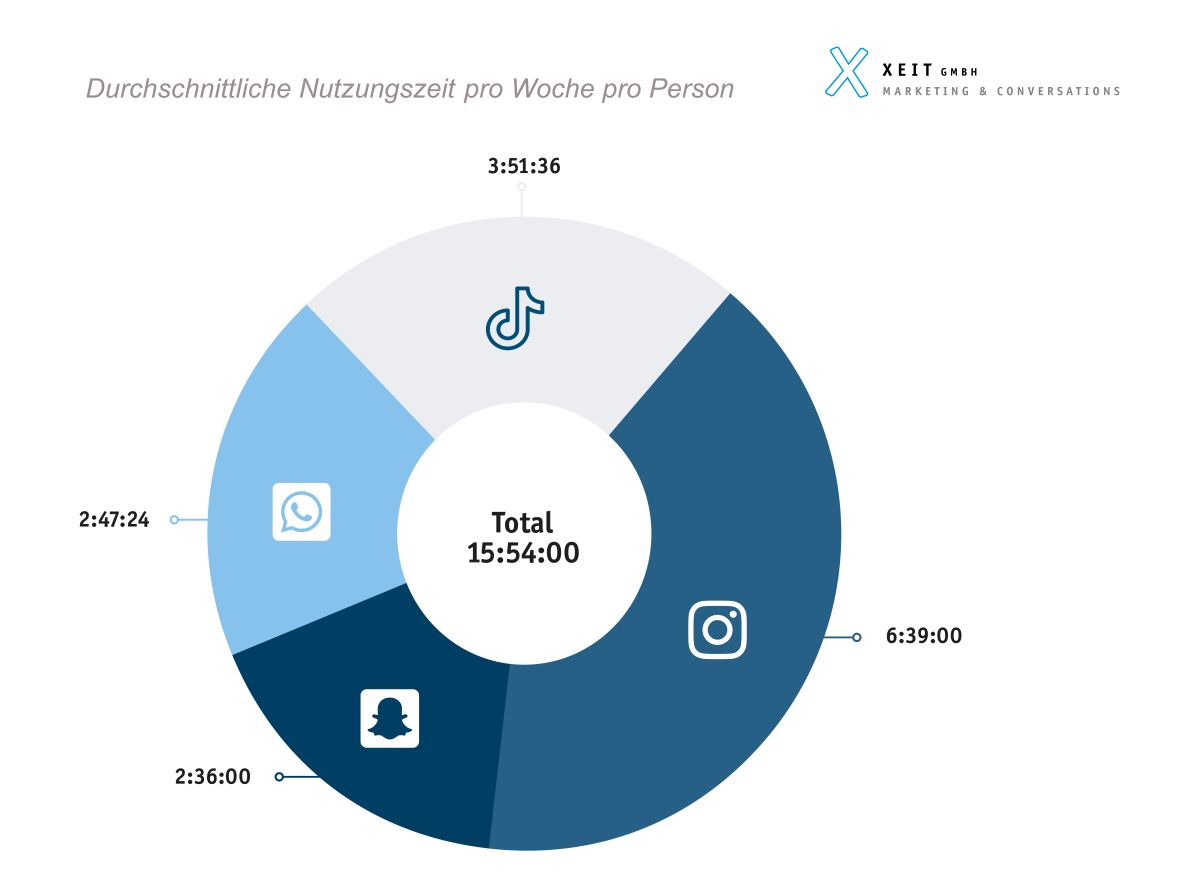No more Corona special effects: sales decline in Swiss retail trade
Despite a robust labor market and immigration, the retail sector recorded declining sales growth in 2022 as the industry faced the fading of the pandemic special effects. In addition, recruiting difficulties and labor shortages troubled retailers. A lack of new entrants to the industry and a shortage of junior staff are currently weighing on the personnel situation. The study authors expect non-food sales growth of around 0.8 percent in the coming year [...]

Despite a robust labor market and immigration, the retail sector recorded declining sales growth in 2022 as the industry faced the fading of the pandemic special effects. In addition, recruiting difficulties and labor shortages troubled retailers. A lack of new entrants to the industry and a shortage of junior staff are currently weighing on the personnel situation. The authors of the study expect non-food sales to grow by around 0.8 percent and food/near-food sales to increase by around 2.1 percent in the coming year.
The Swiss economy proved thoroughly resilient to the difficult global environment in 2022 - the resilient labor market and immigration supported consumption. However, the retail sector was confronted with the fading of the pandemic special effects. As a result, the sector recorded a decline in sales after two years of strong pandemic-related sales. However, retail sales were still higher than before the pandemic. In particular, those segments which were able to benefit from the circumstances of the pandemic lost sales growth without these special effects. These included first and foremost the food/near-food segment. The non-food segment held up comparatively better, supported by pent-up consumption, particularly in the leisure sector.
Digital competencies support online commerce
Last year, online retailing was unable to match the high growth rates of the previous two years, but sales remained at a high level. This was due not least to consumers' enhanced digital skills and interests. Due to the special circumstances of the pandemic and the associated incentives of online retailing, these have once again improved significantly - especially among the age group 60 and older. Meanwhile, the use of social media has also reached high levels. Accordingly, 62 percent of the population participate in a social network, and among 15- to 29-year-olds the figure is as high as 91 percent. This points to the potential for another emerging channel of online commerce, shopping via social media. Credit Suisse economists therefore expect online retail sales in Switzerland to rise to around CHF 13 billion in 2023.
The good labor market situation following the pandemic is also evident in the retail sector: Unemployment is at a record low and the number of vacancies is high. As a result, numerous retailers are increasingly facing recruitment difficulties and labor shortages.
Experts expect economic growth to slow in the new year. However, a continued stable labor market situation, slight real wage growth and immigration should support retail sales. Nominal sales in the food/near-food sector are expected to increase by around 2.1 percent, not least due to the anticipated inflation rate (+1.6 percent). Across all non-food segments, the Credit Suisse economists expect sales to grow by around 0.8 percent. In addition, the shift in sales from the offline to the online channel is likely to remain important.
Here you can download the study.









 The great personal branding handbook
The great personal branding handbook




 Plant-based dishes are very popular, especially in January. Whether for personal preferences, health reasons or for the sake of the environment - more and more people are craving plant-based food.
Plant-based dishes are very popular, especially in January. Whether for personal preferences, health reasons or for the sake of the environment - more and more people are craving plant-based food.
 Trend 1: Less is more
Trend 1: Less is more


 More than five hours - that's how long Swiss teenagers spend on their cell phones every day. Little has changed in the last three years. Young people still spend the majority of their free time in front of a screen - not including devices such as laptops, tablets or TVs.
More than five hours - that's how long Swiss teenagers spend on their cell phones every day. Little has changed in the last three years. Young people still spend the majority of their free time in front of a screen - not including devices such as laptops, tablets or TVs.
 Open Strategy
Open Strategy Mastering transcultural challenges
Mastering transcultural challenges Feel better
Feel better Training from the Back of the Room!
Training from the Back of the Room!